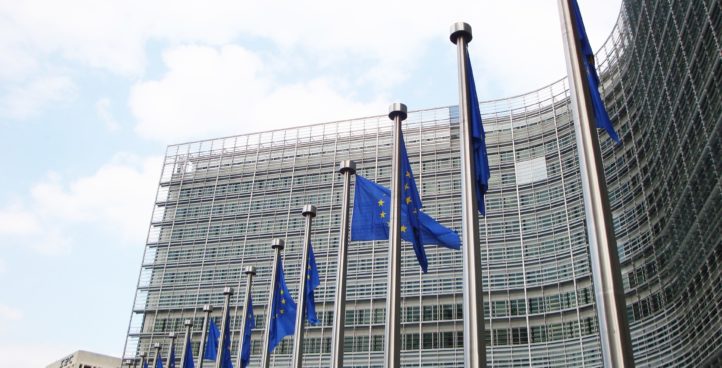Reducing greenhouse gas emissions is a central concern for European countries. For some times now, the European Commission has set up a strategy to put in place a transport system that is both more competitive and less polluting. This is a plan mainly decided to reduce Europe’s dependence on oil imports.
Medium distance transport: organize the modal transfer
 With this new plan the European Commission wants to make profound changes in the transport system by 2050. For example, they want 50% of the interurban transport system to be provided by rail and by boat. By interurban, they mean cities whose distance is 300 km or more. Concerning freight, about 30% of road transport should be carried over to rail or river by 2030. This could reach 50% by 2050. Right now the Commission is counting on better management of the European system information, management and payment for multimodal transport. This objective will have to be achieved by 2020. The modification of the regulatory framework of the rail is also on the agenda and everybody should move towards a new organization of the sector.
With this new plan the European Commission wants to make profound changes in the transport system by 2050. For example, they want 50% of the interurban transport system to be provided by rail and by boat. By interurban, they mean cities whose distance is 300 km or more. Concerning freight, about 30% of road transport should be carried over to rail or river by 2030. This could reach 50% by 2050. Right now the Commission is counting on better management of the European system information, management and payment for multimodal transport. This objective will have to be achieved by 2020. The modification of the regulatory framework of the rail is also on the agenda and everybody should move towards a new organization of the sector.
Optimize long-distance means of transport
Regarding the long-distance means of transport, the European Commission intends to optimize it through the development of new engines, fuels and traffic management tools.
About fuels, the objective of the European authorities is to succeed in increasing the proportion of ecological fuels up to 40%, particularly in the air sector. Indeed in the air transport sector second and third-generation agrofuels will be favoured. However, it must be emphasized that the technical and economic researches of these different sectors remain very vague for the moment. This does not say for sure if these fuels will be available by 2050 or not. With the completion of the single European sky in 2020, which will cover 58 countries and over a billion inhabitants, we will probably have a better efficiency of air transport.
A change of direction for the urban transport
Regarding the urban transport, we can believe that traditional vehicles will have to disappear from cities by 2030. By 2050, they are expected to disappear completely. This is also planned for the freight transport sector. Today, the European Commission intends to support the municipalities in setting up procedures and financial aid for the purpose of carrying out audits and urban mobility plans. It will then address the issue of urban tolls and other access restriction systems.
